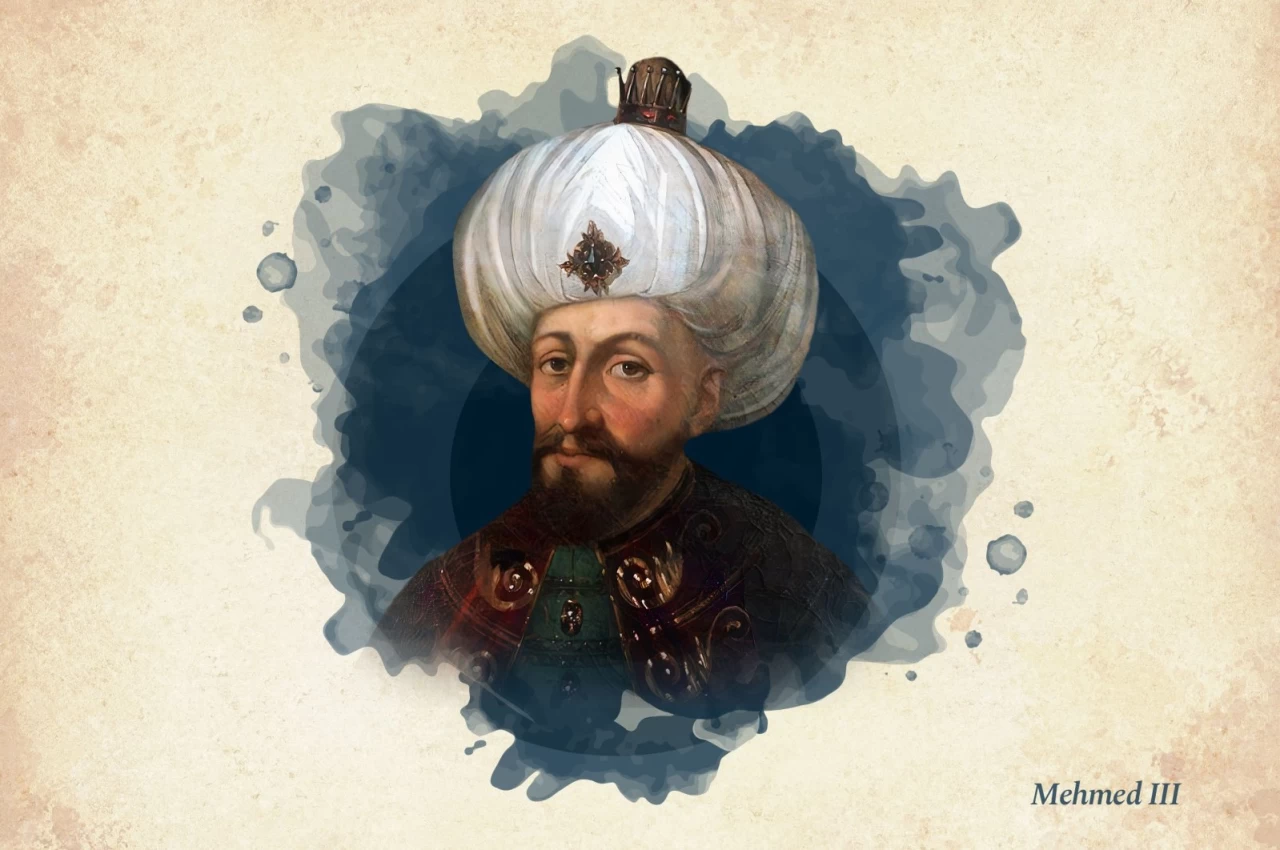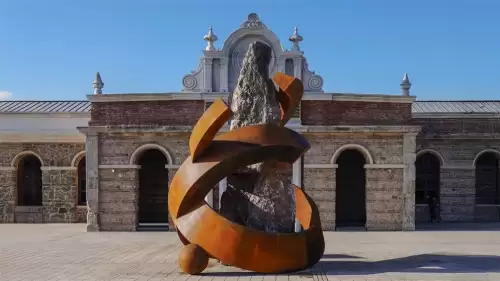Sultan Mehmed III: The Legacy of an Ottoman Sultan
Sultan Mehmed III, the 13th Ottoman sultan and the 72nd Islamic caliph, was a significant figure in Ottoman history. Born as the son of Sultan Murad III, Mehmed III's reign was marked by both triumphs and challenges.
The Early Years of Sultan Mehmed III
Having received excellent education from prominent scholars of his time, Şehzade Mehmed III was circumcised in a grand ceremony and appointed as a governor in Manisa, becoming the last prince to hold such a position.
Challenges and Turmoil
Ascending the throne in 1595 at the age of 29, Sultan Mehmed III faced turbulent times, including the ongoing Ottoman-Austrian wars and revolts in Erdel, Eflak, and Boğdan.
The Battle of Mezokeresztes
In a significant battle in Mezokeresztes, Sultan Mehmed III led the Ottoman army to a decisive victory against a coalition of European forces, showcasing his leadership and military prowess.
Internal Struggles and Rebellions
Amidst external conflicts, Sultan Mehmed III also dealt with internal rebellions, such as the Celali uprisings in Anatolia, which posed a threat to the stability of the empire.
Legacy and End of Reign
Despite facing various challenges, Sultan Mehmed III left a complex legacy characterized by his efforts to reform the army and his interest in European politics. His reign marked a period of both stagnation and cultural flourishing in the Ottoman Empire.
Conclusion
Sultan Mehmed III's reign was a mix of military achievements, internal struggles, and cultural advancements. His complex legacy continues to be studied and analyzed by historians to understand the nuances of Ottoman history.
















